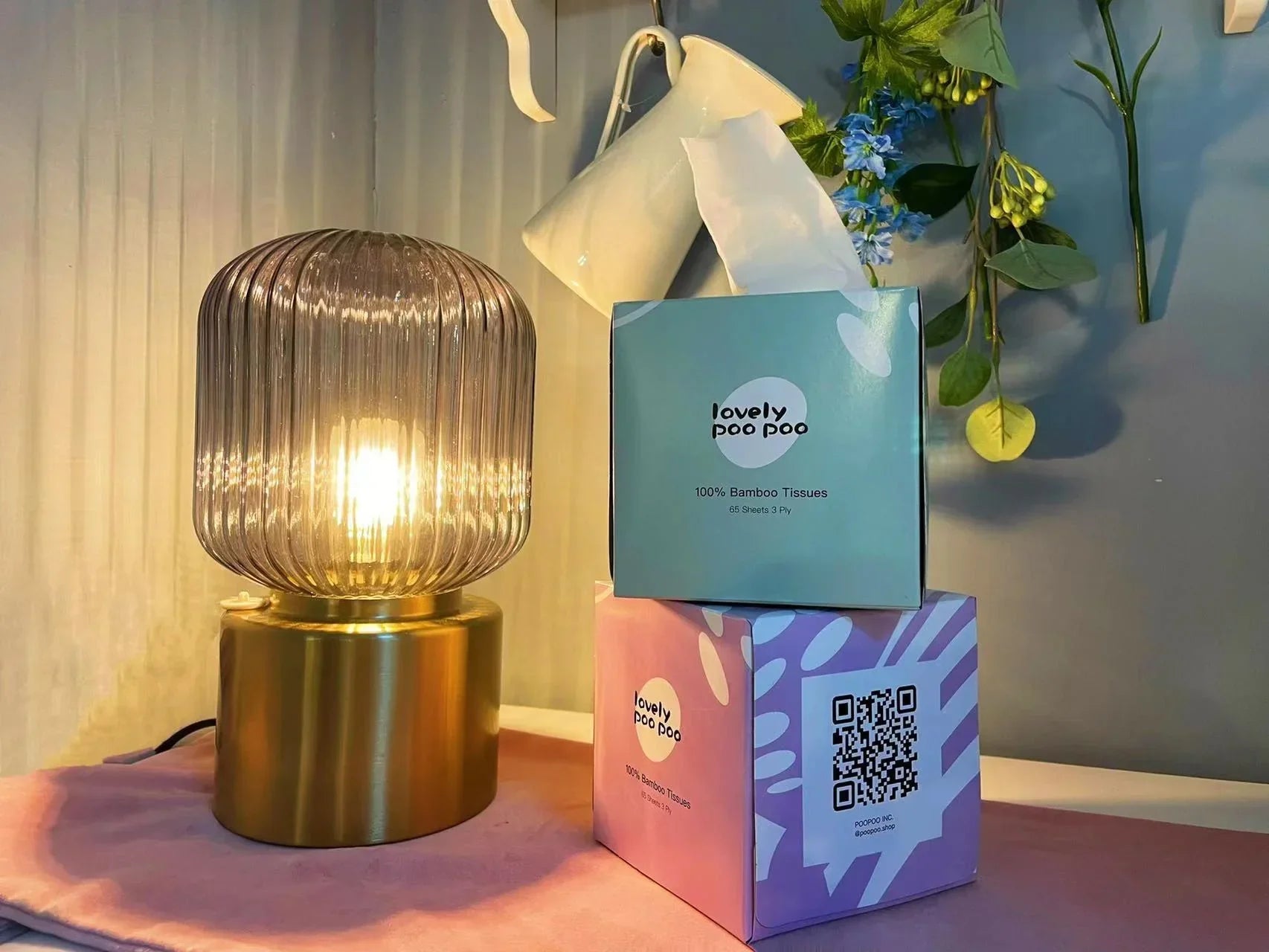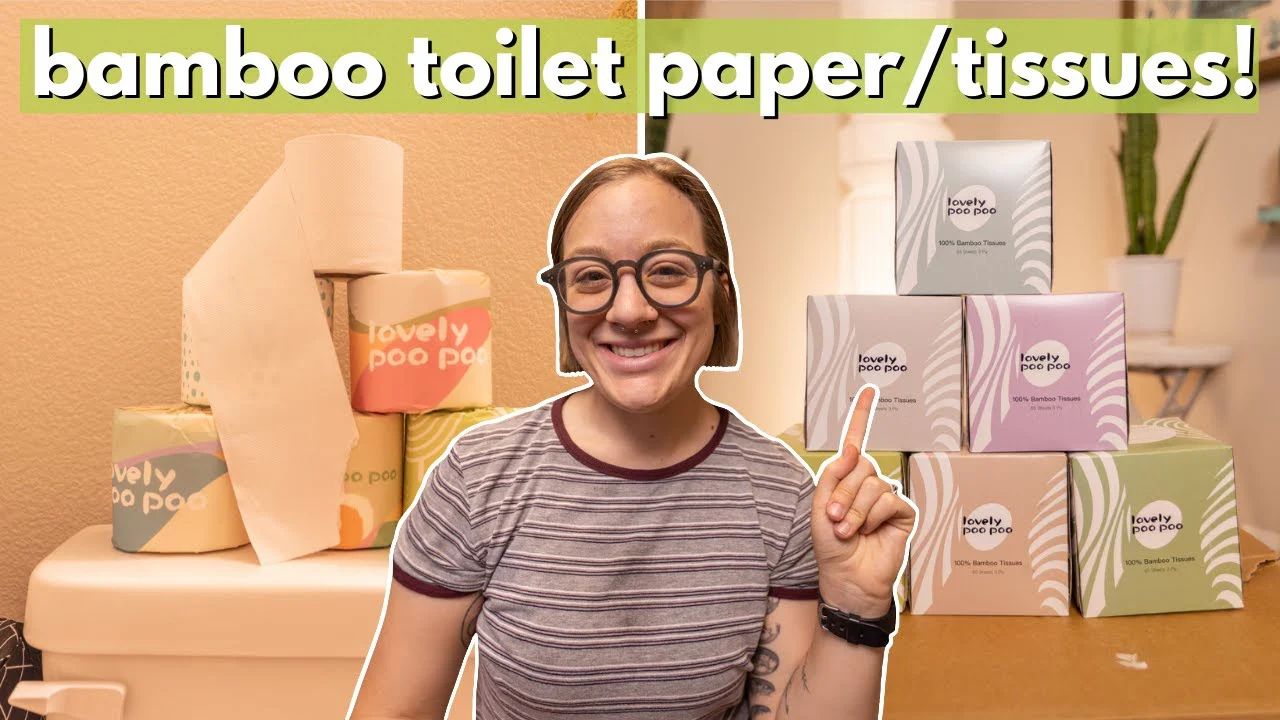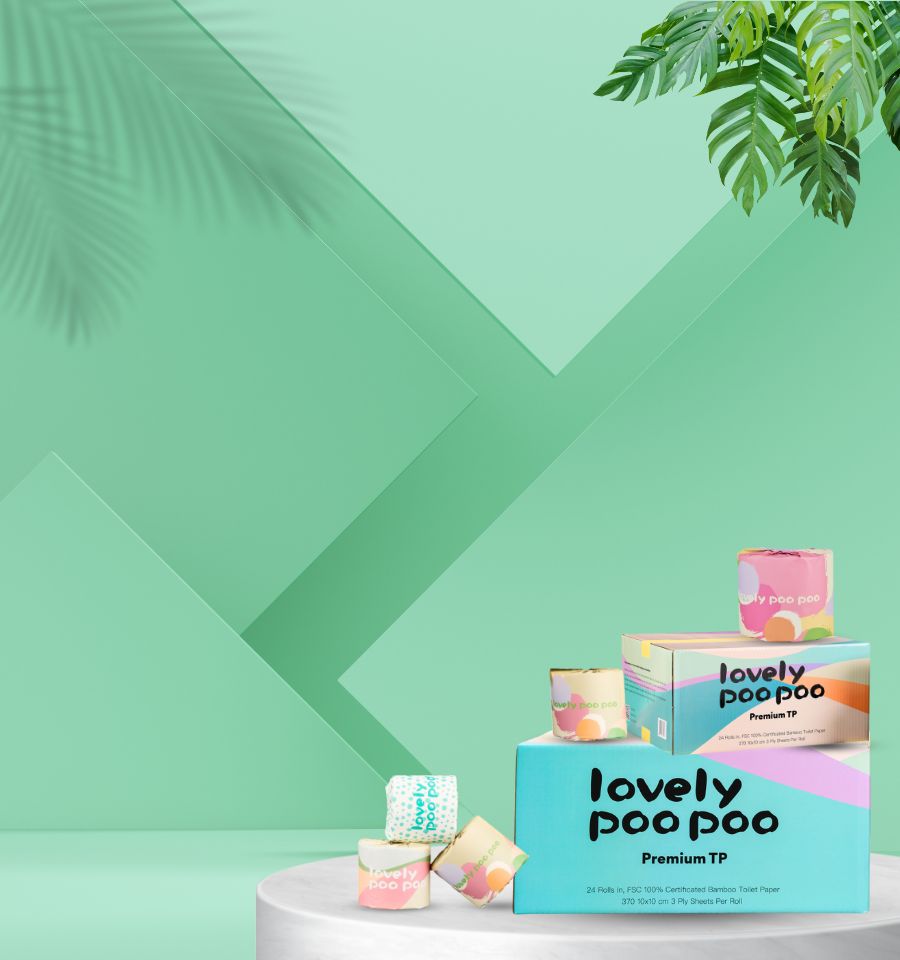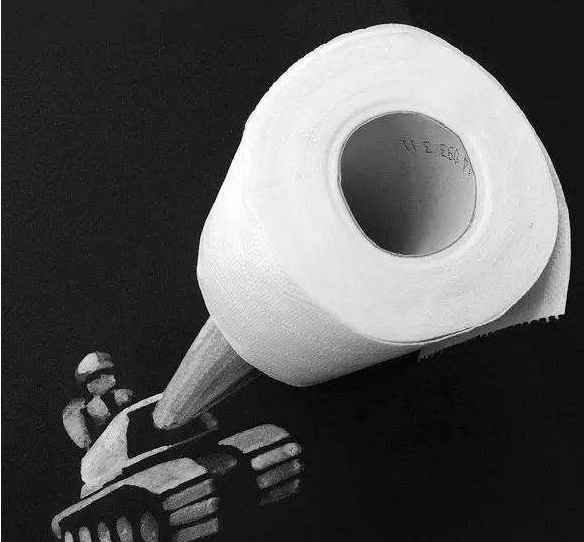In today's world, where environmental awareness is increasingly important, consumers are seeking out products that align with their values of sustainability and eco-friendliness. Bamboo toilet paper has emerged as a popular alternative to traditional toilet paper, offering a greener option for daily use. Here, we will delve into the process of how bamboo toilet paper is made and highlight the key differences in its manufacture compared to traditional toilet paper.
The Making of Bamboo Toilet Paper
The production of bamboo toilet paper is a process that prioritizes the environment at every step. Here's an overview of the manufacturing process:
1. Bamboo Harvesting
- Sustainable Source: Bamboo is a renewable resource that grows rapidly, with some species in just 3-5 years.
- No Deforestation: Harvesting bamboo does not involve clearing entire forests, as it can be selectively cut without killing the plant.
- Low Impact: The harvesting process is low-impact and does not require heavy machinery, reducing soil disturbance and carbon emissions.
2. Pulp Production
- Mechanical Pulping: Bamboo is often pulped using mechanical methods, which require less energy and produce less pollution than chemical pulping.
- Minimal Chemical Use: When chemical pulping is necessary, manufacturers of bamboo toilet paper tend to use fewer harmful chemicals compared to traditional wood pulping processes.
3. Bleaching Process
- Eco-Friendly Bleaching Agents: Bamboo toilet paper manufacturers often opt for oxygen-based or Totally Chlorine Free (TCF) bleaching processes, which reduce the environmental impact of the paper whitening process.
4. Paper Making
- High Quality Fiber: Bamboo fibers are long and strong, resulting in a soft yet durable paper product.
- Energy Efficiency: The paper-making process can be more energy-efficient due to the fast growth rate and high yield of bamboo.
5. Packaging and Distribution
- Recyclable Materials: Bamboo toilet paper is often packaged in recyclable materials, further reducing its environmental footprint.
Differences in Manufacture Compared to Traditional Toilet Paper
The production of traditional toilet paper, typically made from wood pulp, differs from bamboo toilet paper in several key aspects:
1. Raw Material
- Trees vs. Bamboo: Traditional toilet paper is usually made from tree pulp, which contributes to deforestation. Bamboo, on the other hand, is a more sustainable choice due to its rapid growth and low-impact harvesting.
2. Environmental Impact
- Deforestation: The production of traditional toilet paper can lead to deforestation and habitat loss, whereas bamboo toilet paper promotes the conservation of forests and biodiversity.
- Water Usage: The cultivation of bamboo requires significantly less water than the growth of trees, making it a more water-efficient option.
3. Chemical Usage
- Pulping Process: Traditional wood pulping often involves the use of chlorine or other harmful chemicals, which can lead to water pollution and health concerns. Bamboo toilet paper manufacturers are more likely to use eco-friendly methods.
4. Carbon Footprint
- Fossil Fuels: The production of traditional toilet paper often relies on fossil fuels for energy, contributing to greenhouse gas emissions. Bamboo's fast growth rate means it absorbs more carbon dioxide, and its production process can be more energy-efficient.
5. Waste Management
- Biodegradability: Bamboo toilet paper is more biodegradable than traditional toilet paper, reducing the amount of non-biodegradable waste in landfills and oceans.
Embracing the Bamboo Revolution
The choice between traditional and bamboo toilet paper extends beyond personal preference. It's a decision that reflects our commitment to sustainability and our impact on the planet. By understanding the manufacturing process and the differences between these two products, we can make informed choices that align with our environmental values.
As consumers, we have the power to drive change in the market. By choosing bamboo toilet paper, we not only enjoy the benefits of a superior product but also contribute to a healthier, more sustainable world. Let's embrace the bamboo revolution and lead the way towards a greener future.
SO . . . .
The production of bamboo toilet paper stands out as a more sustainable and eco-friendly alternative to traditional toilet paper. By opting for bamboo, we support a manufacturing process that minimizes environmental impact, promotes biodiversity, and contributes to a circular economy. It's time to make a conscious shift and join the movement towards sustainable living, one roll of bamboo toilet paper at a time.
Read more:
- Sowing Seeds of Change: A Journey Through the History of the Environmental Movement
- Healing the Earth: Unraveling the Mysteries of Acid Rain
- A Breath of Fresh Air: Demystifying WMO's Global Climate Observing System (GCOS)







